A machine provides fault codes which are provided in a pandas dataframe. id identifies the machine, code is the fault code:
df = pd.DataFrame({
"id": [1,1,1,1,1,2,2,2,2,3,3,3,3,3,3,4],
"code": [1,2,5,8,9,2,3,5,6,1,2,3,4,5,6,7],
})
Reading example: Machine 1 generated 5 codes: 1,2,5,8 and 9.
I want to find out which code combinations are most frequent across all machines. The result for the example would be something like [2](3x), [2,5](3x), [3,5](2x) and so on.
How can I achive this? As there is a lot of data, I'm looking for a efficient solution.
Here are two other ways to represent the data (in case that makes the calculation easier):
pd.crosstab(df.id, df.code)
df.groupby("id")["code"].apply(list)


